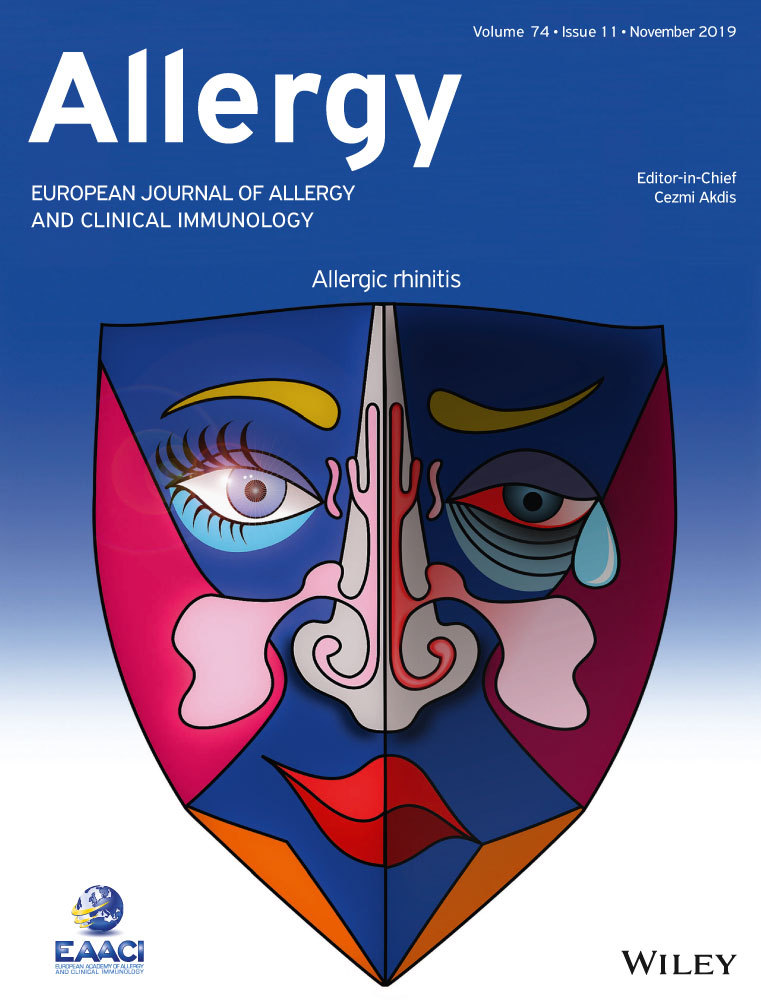We are still confused but on a higher level
The vitamin D world is deeply split about the clinical usefulness of serum vitamin D 25(OH)D3 measurements. Basic discoveries of vitamin D research provided stunning results, while clinical and epidemiological research resulted in a barrel of misunderstandings and contradictions. Vitamin D is easy to measure, but the results are difficult to interpret. Genetic variability, epigenetic control, metabolite interaction, bioavailability, distribution in body fat, any liver or kidney disease, acute or chronic inflammation, sun exposure by season of the year and geographical latitude, skin reflectance, and of course supplementation everything influence serum vitamin D levels.
There is no doubt about vitamin D deficiency, but in the absence of any measurable clinical symptom or biochemical disorder, it is hard to understand “vitamin D insufficiency” in particular if intra- and extracellular levels of 1,25(OH)2D3 hormone are being unaffected. 25(OH)D3 is a prehormone (even not a vitamin) that needs a further hydroxylation step to convert to the active 1,25(OH)2D3 compound. Serum 25(OH)D3 is a lifestyle marker of outdoor activity, and probably, more consequence than the cause of disease as inflammatory processes need “vitamin D.” Unfortunately, there is a vitamin D obsession of some authors who declare most or even the whole world population as being insufficient.1 Without going into further details, it needs to be recalled that hundreds of claims made by cross-sectional studies could not been verified in clinical trials.2 Nevertheless, numerous medical and paramedical vitamin D experts deliver a continuous stream of biased studies, editorials, and reviews.
A new study in this issue of “Allergy”3 tries to overcome the known difficulties by getting hands on one of the best epidemiological samples available. The NHANES—National Health and Nutrition Examination Survey—is conducted by the National Center for Health Statistics with the very first survey being conducted in 1971. In 1999, the NHANES became an annual event. It determined in a highly standardized manner the health and nutritional status of adults and children combining interviews, physical examinations, and laboratory tests. Using state-of-the-art statistical methods, this new study3 now tests the association of atopic dermatitis and serum vitamin D levels. Most previous studies showed a negative association with higher values, U-shaped, J-shaped, or some other nonlinear association. Interestingly, the new paper describes the opposite: an unimodal positive association with atopic dermatitis and—depending on stratification of vitamin D levels—lower risks with lower values.
Is there any biology behind? Or is it just an artifact as with so many other epidemiological findings? In addition to hidden confounding, there is a high probability of reverse causation as US dermatologists have been recommending vitamin D supplements for atopic dermatitis due to its anti-inflammatory action.4 The authors conducted a sensitivity analysis, but this requires correct reporting of something that is frequently not correctly reported. Vitamin supplementation in the USA is ubiquitous and not always recognized as medical treatment. And which eczema type did the survey examine? Can this research question ever be answered by a cross-sectional survey? I would like to cite the physicist and Nobel prize winner Enrico Fermi: “We are still confused but on a higher level.”
We probably need well-designed clinical trials for clear answers. While vitamin D supplementation has already been examined in adults with atopic dermatitis, early supplementation effects are far from being clear. Currently, we give our newborns the 100-fold to 500-fold vitamin D dose compared to human breast milk and it is probably the only pediatric drug that is not prescribed by body weight or body surface.
So far, there are three allergy-related trials (VDAART, COPSAC, and ACTRN12610000483055) that examined vitamin D supplementation in pregnancy. This was, however, not the most pressing question nor did these studies provide any major outcome. More interesting are the trials of vitamin D supplementation in the newborn period. They are all showing a positive association with allergy outcomes although only two were significant. Positive supplementation effects include increased skin sensitization,5 increased food allergy,6 and increased atopic dermatitis.7 The ongoing VIDI and VITALITY studies will probably be the next two studies in the field. In contrast to the never-ending discussion of the hygiene hypothesis, we will then know if vitamin D facilitates sensitization of a newborn child. It would be “l'esprit de l'escalier" if pediatricians are themselves to blame for the most frequent pediatric disease.
CONFLICTS OF INTEREST
The author have no conflicts of interest to report.




